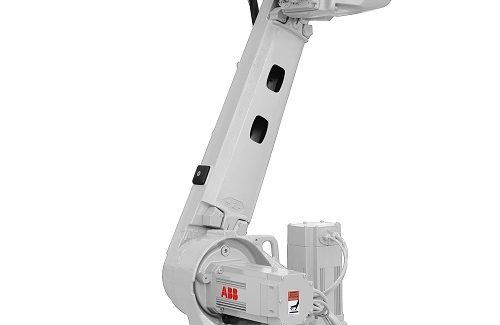Using Robots to Print the Future
Robotics-based additive processes from ABB offer inherent flexibility of motion and processing power to produce a component as close to near net shape as possible in a much-compressed time period.
Posted: July 1, 2019
Robotics-based additive processes offer inherent flexibility of motion and processing power. For example, an IRB 2600 robot from ABB Robotics (Auburn Hills, MI) can be dressed with welding equipment from an OEM that is used as the medium of deposition for a metal additive manufacturing process engineered to produce a component as close to near net shape as possible. The welding deposition method can be from any of the traditional and hybrid processes, including lasers, with each process having its own characteristics of deposition and integrity. The challenge lies in taking readily available CAD data and turning that information into a metal printing process. The backbone of this process lies within the heart of RobotStudio® simulation programming software from ABB, which imports CAD data and efficiently converts it into fully functional robot programs.
A software enhancement (or “Add-in”) designed specifically for Additive Manufacturing applications has been developed to be independent of the process and welding equipment – an approach that provides a platform open to the broadest group of designers and manufacturers. In principle, a CAD model is imported into RobotStudio and, based on the geometry of the CAD component, the appropriate paths are generated for the robotic process to follow. This innovative software bundle reduces the myriad of steps previously required to achieve the same product by more traditional methods of manufacturing. It opens up endless opportunities for using robots like the IRB 2600 to produce the desired near net shape and a component’s bionic derivative in a much-compressed time period. The compact IRB 2600 has a high payload capacity and is available in three variants, with options for floor, wall, shelf, tilted or inverted mounting configurations.
ABB Robotics, 1250 Brown Road, Auburn Hills, MI 48326, 248-391-9000, new.abb.com/products/robotics.





